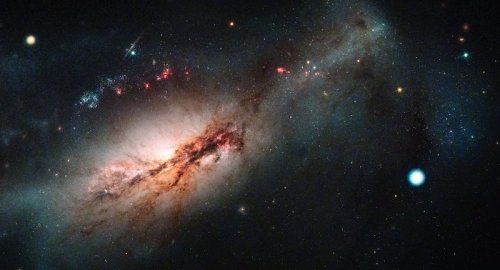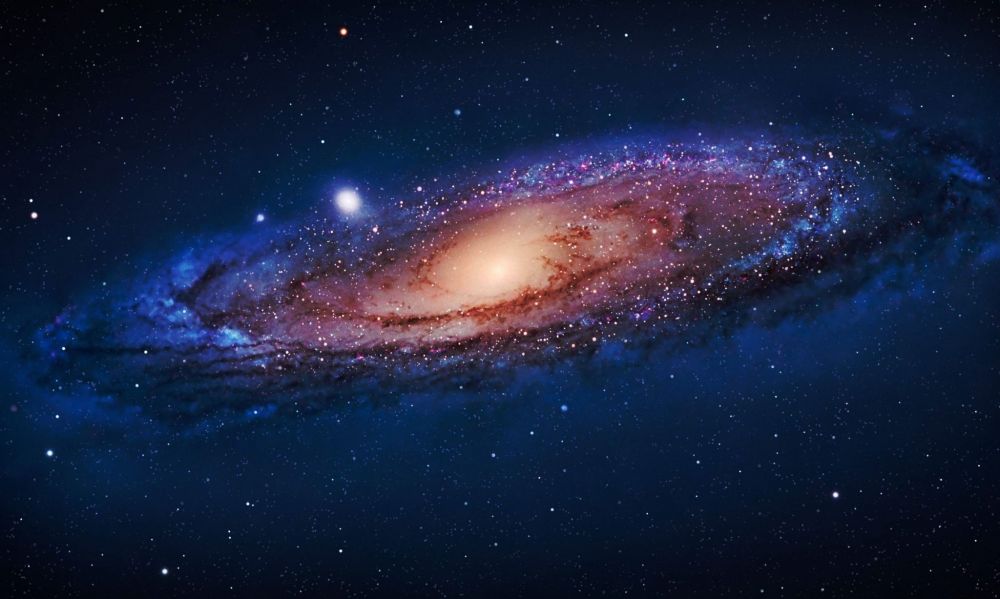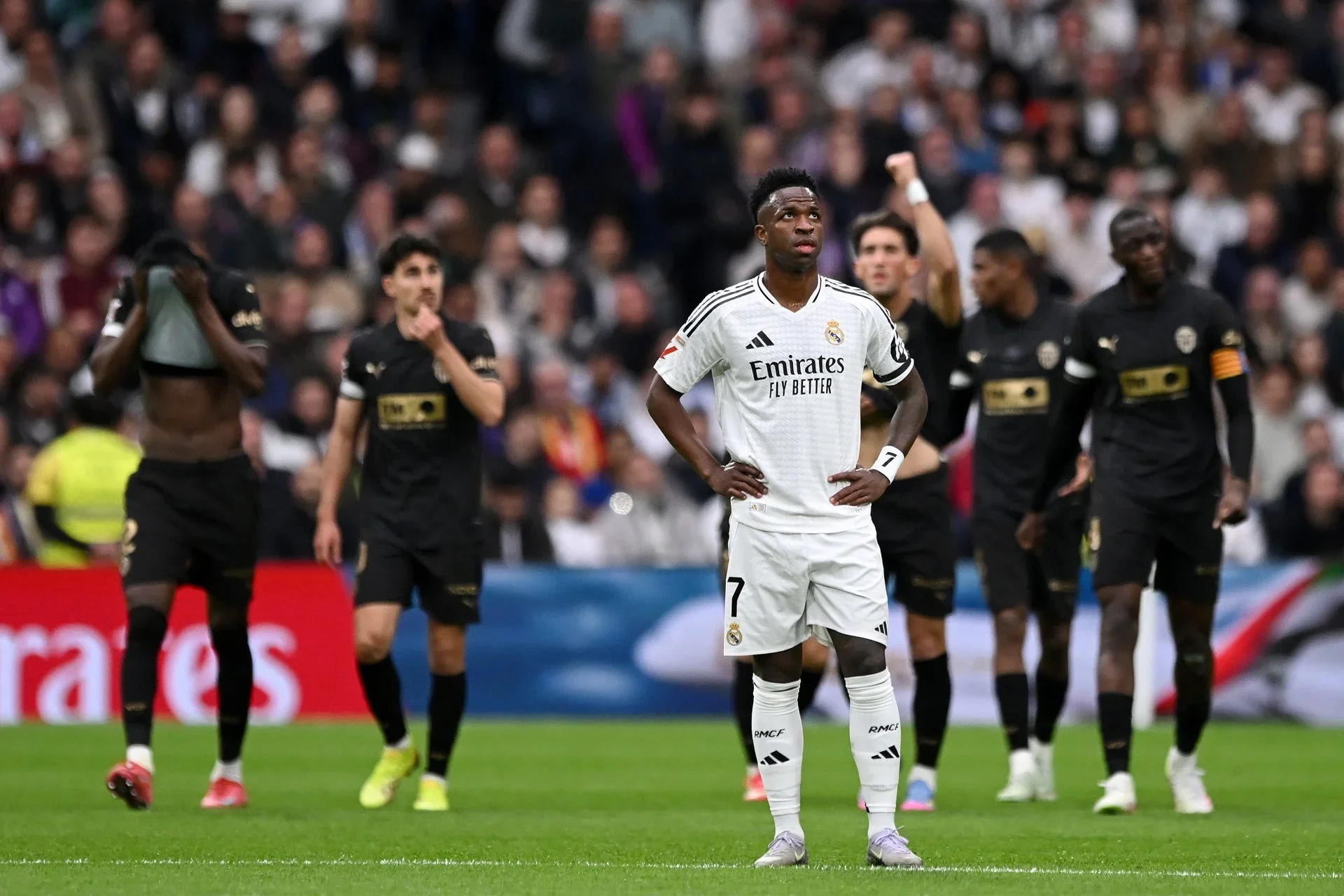
An Electron-Capture Supernova

- 7-07-2021, 20:47
INA – SOURCES
astronomers have found convincing evidence for a new type of supernova – a new sort of stellar explosion – powered by electron capture. They announced their discovery in late June 2021. It’s a type of supernova predicted 40 years ago, but never observed until now. Astronomers designate this supernova SN 2018zd. It lies in a remote galaxy, NGC 2146, 21 million light-years away.
The findings solve a mystery about one of the sky’s most famous objects, the Crab Nebula. Astronomers believe this cloud in space may be the remnant of a supernova that exploded in the year 1054 A.D. These scientists said the Crab likely stemmed from an electron-capture supernova, too, like SN 2018zd.
The team published their research in the peer-reviewed journal Nature.
The names and distinctions between different types of supernovae might seem bewildering. But it’s worthwhile to remember two primary types of supernovae whose physical explosion mechanisms are different from one another (The type names are, however, based on differences in their light spectra).
In other words, Type Ia and Type II supernovae start out as different sorts of objects, explode for different reasons, and leave behind different things.
Type Ia supernovae happen when a small, dense white dwarf star exists in a double system with another star. Before the white dwarf became a white dwarf, it was a star with a mass up to eight times that of our sun. In this scenario, the white dwarf pulls matter from its companion. When it’s pulled enough mass to reach a critical limit, it undergoes runaway nuclear fusion and explodes as a Type Ia supernova. In the process, the white dwarf most likely disintegrates completely, leaving nothing behind.
Type II supernovae happen when a larger star – more than 10 times the mass of our sun – has reached the end of its life and its fuel. It then explodes in a so-called iron core collapse. The end product after this type of explosion is an exceedingly dense and small neutron star, or an even denser and smaller black hole.
An electron-capture supernova is a third type of supernova. It’s said to be a “missing link” between Type Ia and Type II. Astronomers have assumed since the early 1980s that electron-capture supernovae exist. One of the new study’s co-authors, Ken’ichi Nomoto, was one of the first to predict this possibility.
But, until now, there was no clearcut evidence anyone had seen an electron-capture supernova.
Qatari Cultural Week kicks off in Baghdad
- Multimedia
- 08:58
Al-Sudani Meets Delegation from J.P. Morgan Bank
- politics
- 25/04/08
PM: The value of investment licenses in Iraq reaches $88 billion
- politics
- 25/04/09
Vinicius is harshly criticized by Real Madrid fans
- Sport
- 25/04/12












